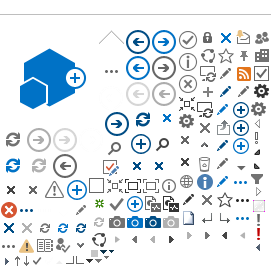The Western Renewable Energy Generation Information System (WREGIS) offers training and tutorials for current, new, and potential WREGIS Account Holders. The WREGIS Account Holder Training is an in-person training course held at the WECC office in Salt Lake City, Utah.
Account Holders: $25
Qualified Reporting Entities (QRE): $15
For more information or to register for an upcoming training, select the appropriate announcement below. If you have further questions, contact the WREGIS Help Desk at 888-225-4213 or email
[email protected].
Training Documents
Training Videos
E-Tag Tutorial
The WREGIS e-Tag tutorial explains the e-Tag/WREGIS Renewable Delivery Verification Function in the WREGIS System. For more information, please review the available e-Tag tutorial slides and documentation.
